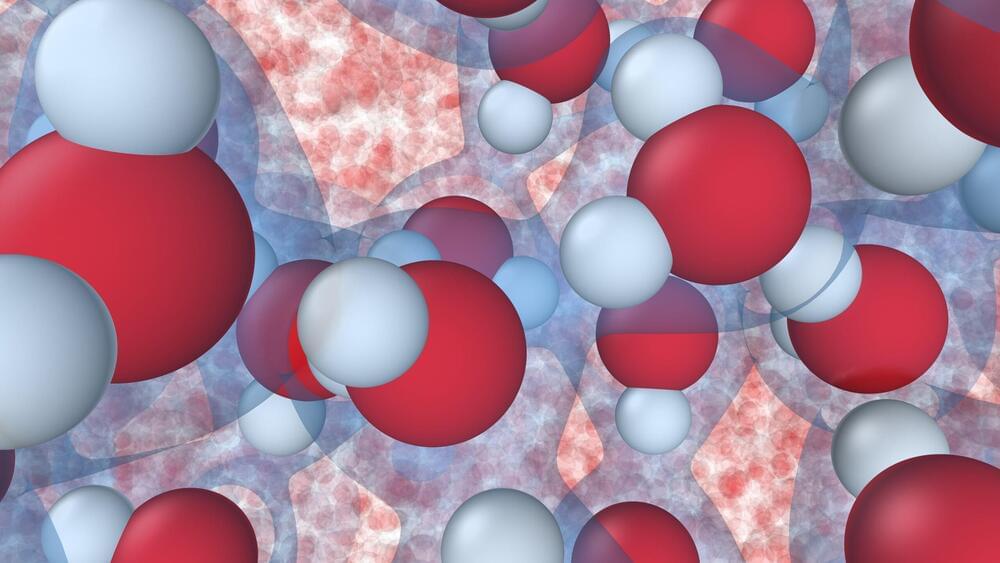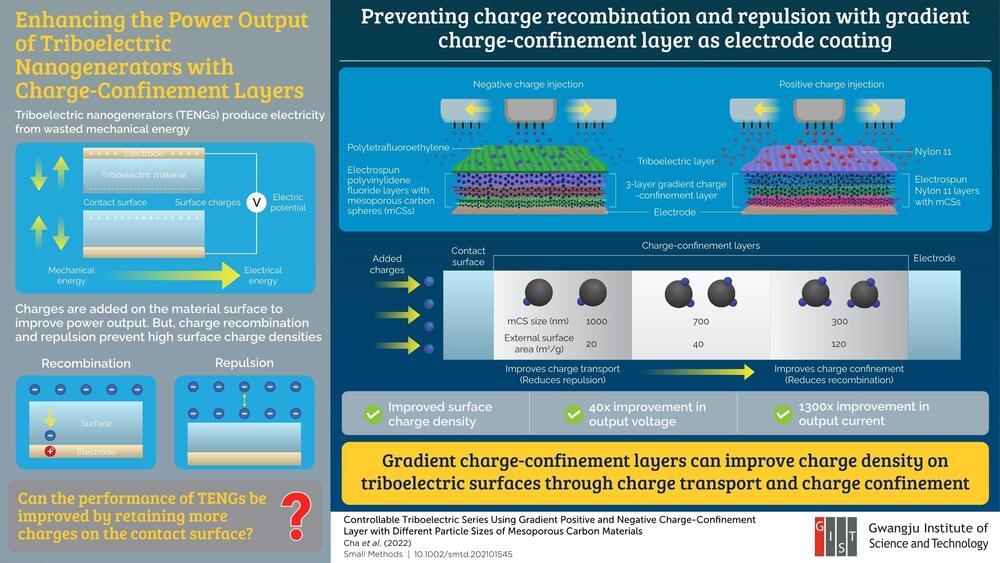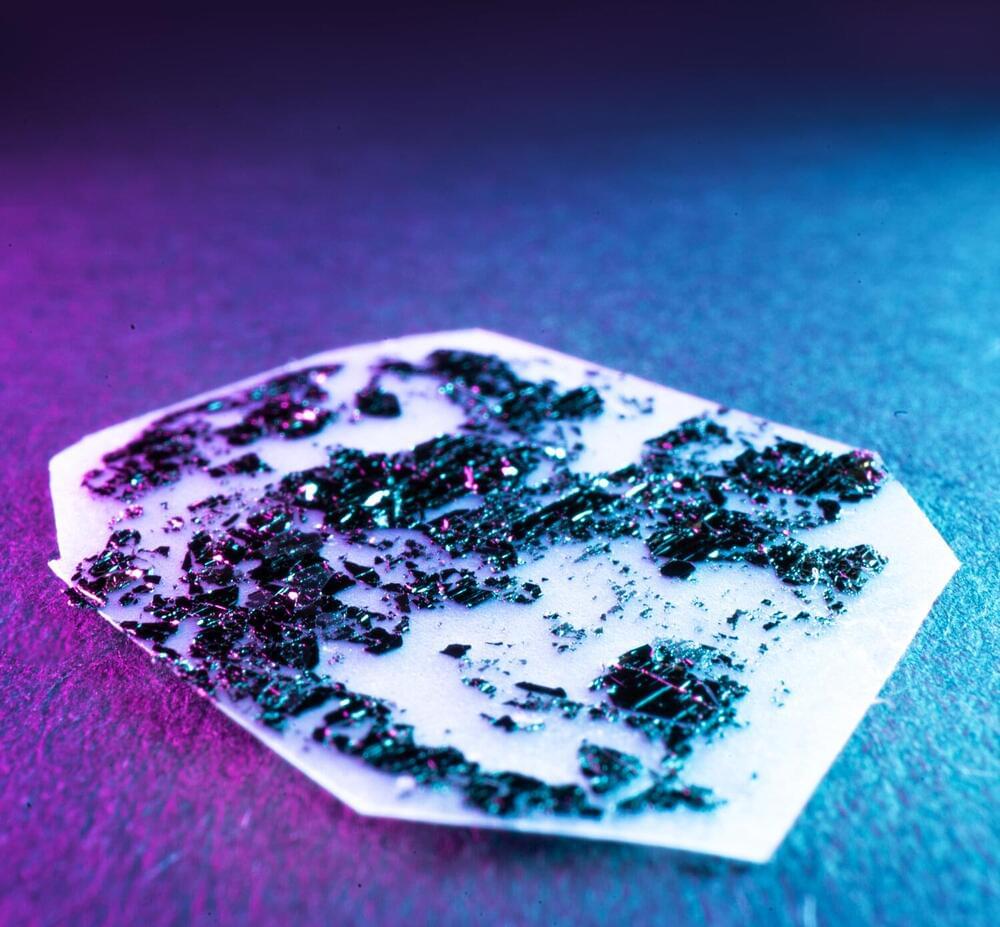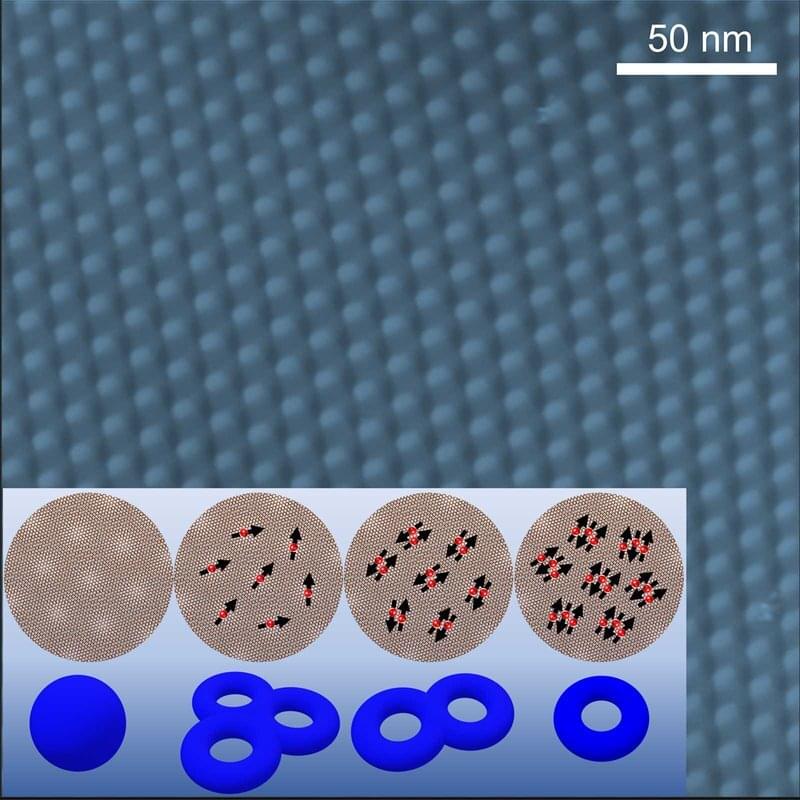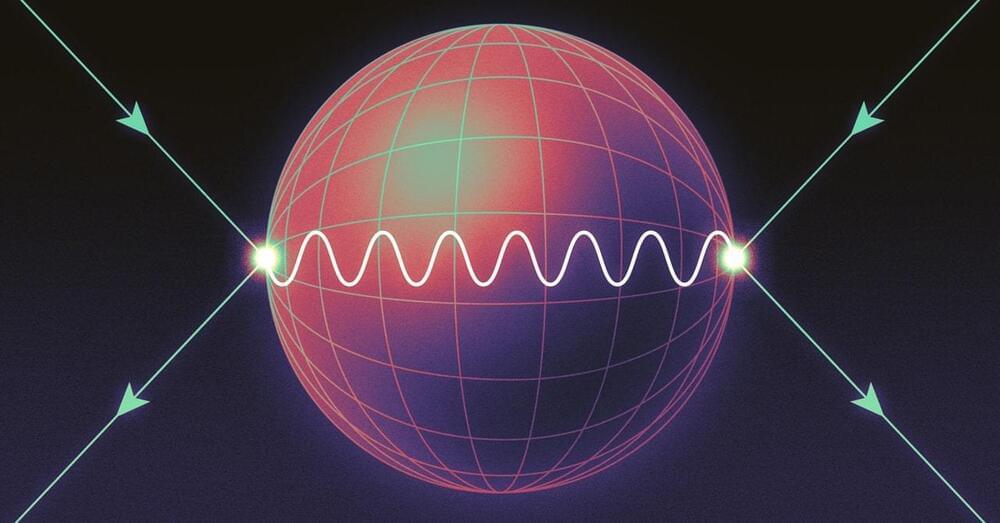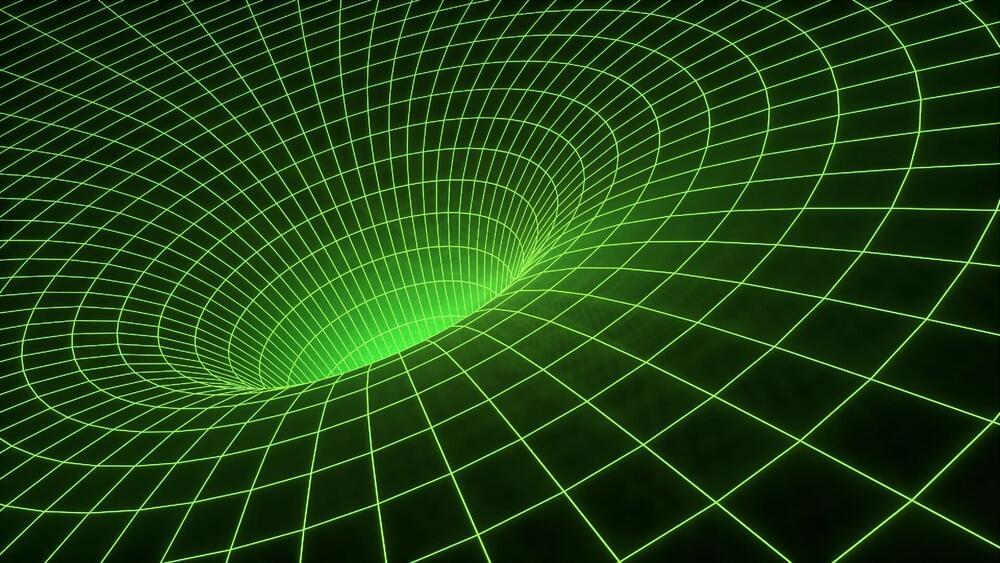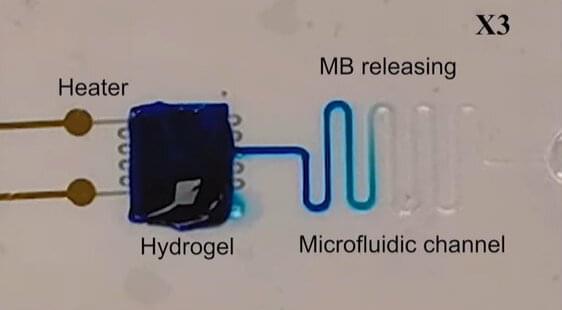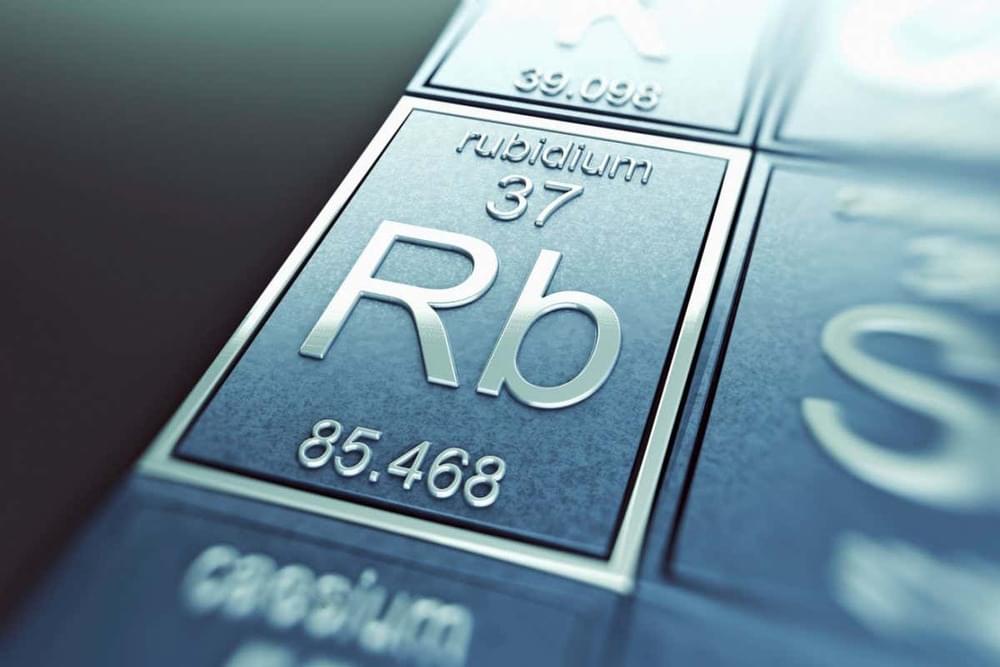Aug 16, 2022
New quantum whirlpools with tetrahedral symmetries discovered in a superfluid
Posted by Genevieve Klien in categories: computing, particle physics, quantum physics
An international collaboration of scientists has created and observed an entirely new class of vortices—the whirling masses of fluid or air.
Led by researchers from Amherst College in the U.S. and the University of East Anglia and Lancaster University in the U.K., their new paper details the first laboratory studies of these “exotic” whirlpools in an ultracold gas of atoms at temperatures as low as tens of billionths of a degree above absolute zero.
The discovery, announced this week in the journal Nature Communications, may have exciting future implications for implementations of quantum information and computing.

